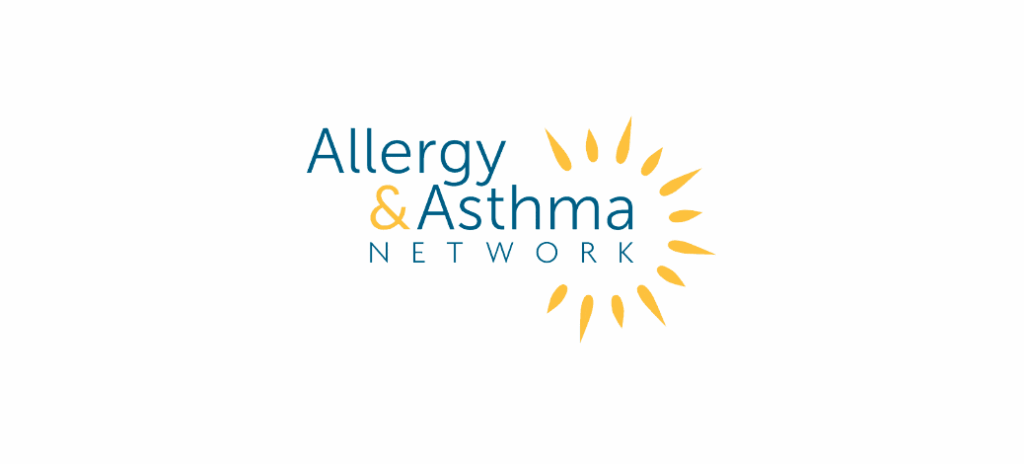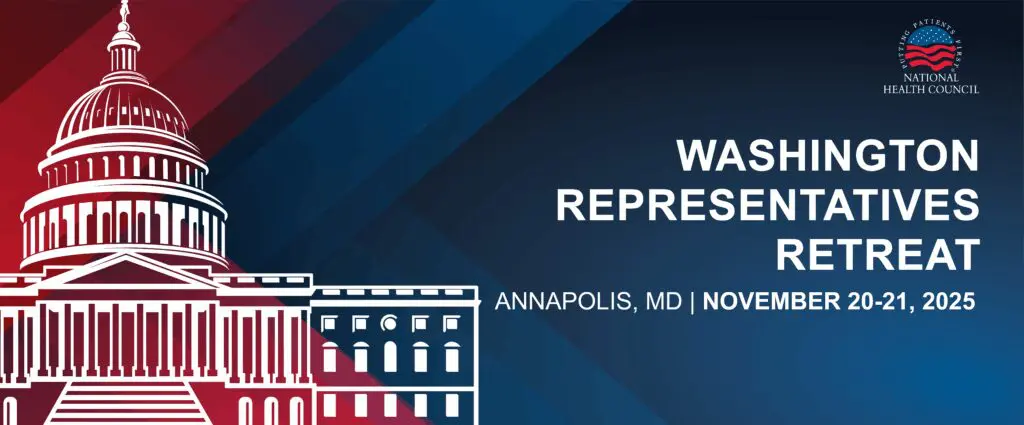

The Older Americans Act
By: Allen Pinn, Policy Coordinator
This May marks the 61st Older Americans Month, a month-long observance introduced during the Kennedy Administration to bring attention to issues facing older Americans. Since its inception, every president has issued a formal proclamation asking citizens to acknowledge and pay tribute to older Americans in their communities and – since 1965 – to celebrate the Older Americans Act (OAA).
The National Health Council (NHC) is proud to celebrate Older Americans Month and the contributions older Americans have made in the health care space.
Continual Improvement through Reauthorization
Since its inception, the OAA has been amended and reauthorized several times, most recently in 2020 during the COVID-19 pandemic. In its 2020 reauthorization, amendments were made to the following areas:
- Malnutrition awareness;
- National Family Caregiver Support Program;
- Dedicated funding for a supportive services program for Native Americans under Title VI; and
- Title III statutory funding formula for certain programs
The current OAA authorization expires later this year on September 30, 2024. As the U.S. populations continues to age, Americans 65 and older are expected to be a larger portion of the population than those younger than 18 by 2035 (the first time in census data history). These demographic changes shed light on the urgency Congress must take in reauthorizing the OAA. It is important that Congress hears from health care advocates about the importance of OAA programs to people with chronic conditions and disabilities. This reauthorization is an opportunity to strengthen existing programs and to meet the emerging needs of older adults.
Background
During the 1960s, older Americans faced significant levels of poverty, with an estimated 35 percent of the senior population living in poverty. In response to this ongoing policy failure, President Johnson signed into law the OAA in 1965 as part of the “Great Society” initiative. The OAA was developed to specifically meet the social service needs of older Americans with a goal of keeping them in their homes and communities. In its passage, the OAA established the Administration on Aging, which facilitates an assortment of programs and services for older Americans such as nutrition programs, caregiver supports, elder abuse prevention, transportation, and health promotion programs. Today, the Administration on Aging oversees dozens of programs centered on enhancing the quality of life of older citizens and the OAA authorizes service programs through a network of 56 state agencies, over 600 Area Agencies on Aging, and 280 Title VI Native American Aging Programs.


